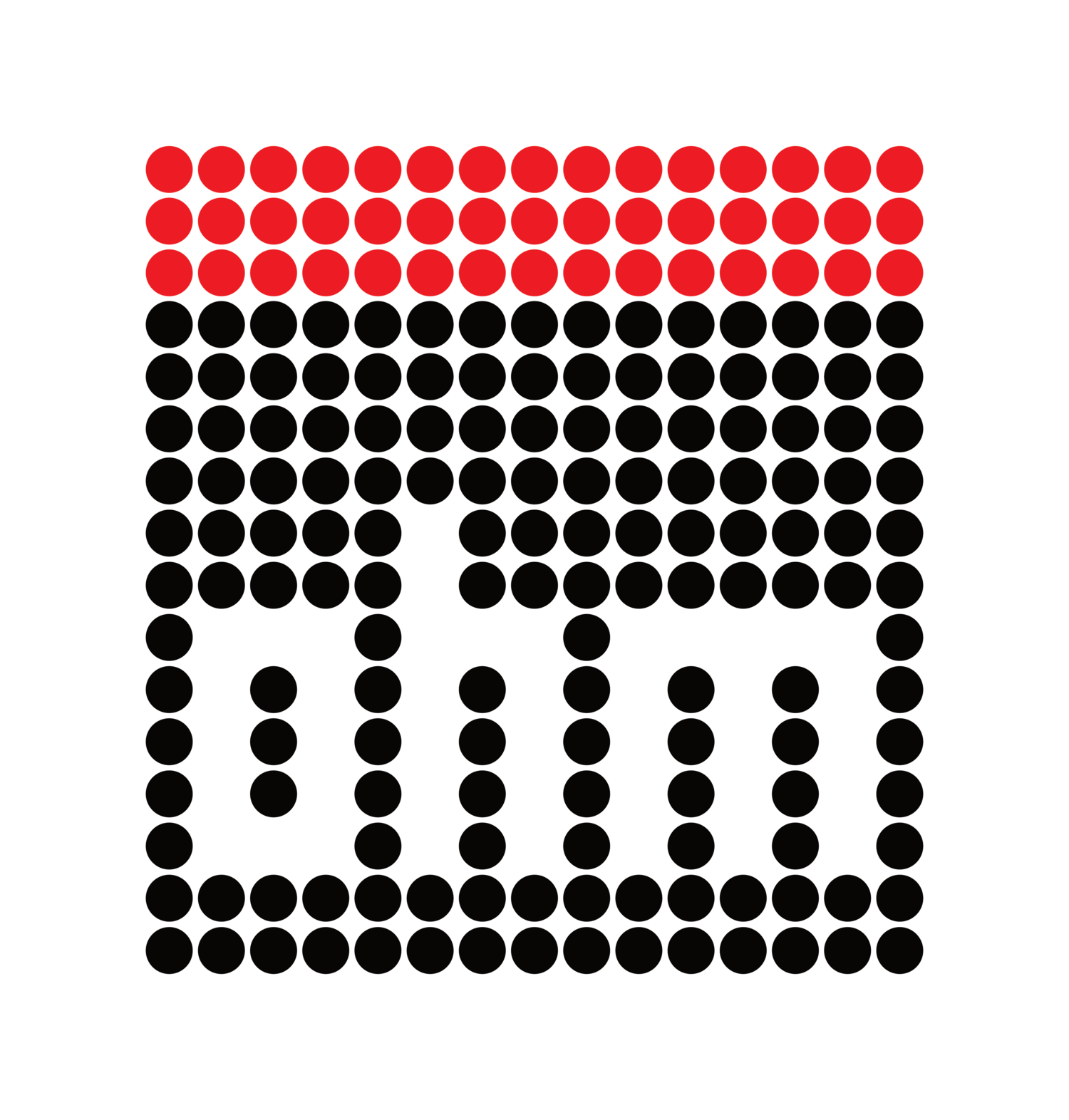Prior to reading this article, please check out Lachlan’s critique of 24-bit audio, in which he distills the important bits about 24-bits. Whether or not you read this article, and especially if cool-aid isn’t your thing, watch his video.
If you’re a metaphysicist, no amount of evidence will convince you of anything. You probably also believe that stair steps represent discrete sampled signals. This Xiph video may help disabuse of that belief. If it does not, remember: your god or spirit guide, or whatever, tells you to forgive.
16-bit VS 24-bit, or: self-administering double-blind experiments
An Mac Observer article entitled, Digital Music: Can You Hear Above 16-bit/44.1kHz?, recently received a nudge from Daring Fireball, along with a veritable fireball of comments.
The question it asked: can you hear above 16-bit / 44,1 kHz? appears to be answered by a simple shake of the head.
But audiophilia has never been about science. Nor has it been about absolutes. It is about experience. It is about enjoyment. And neither can be measured.
I've tested and reviewed numerous amplifiers, DACs, headphones, etc., some of which measure well, some of which do not. In fact, every DAC, amp, and digital or analogue source that passes my desk goes through a modicum of benchmarks. I appreciate superbly-performing gear. But should performance itself be the final word? Is exploring the limits of what we hear more important than exploring the limits of how we perceive what we hear?
Several years ago, I began to cozy up to mild low-pass filters, and to a lesser extent, larger amounts of harmonic distortion. Mazel tov! I'm now a man in the vein of my pops, and his pops before him. And my veins are beginning to show. It's probably why I now enjoy a softer, easier-listening sound. Is that sound closer to the original recording? No, it is not. But do I prefer it? Yes, I do.
Audiophile fora is populated by definitives that distill half-truths to the tune of to these ears. A review of X speaker or X DAC will glow with praise; the next will glower with invective. 'Good' sound is defined by personal terms. It is essential to use audiophile terminology. It gives you an edge. And so does dissing the scientists.
And why not?
Hi-resolution audio may have a theoretical mathematical advantage, but it doesn't pass a single scientifically-sound litmus test. It doesn't pass anything but the bean-bag test. (By the way, the bean-bag test is where you put on a hi-res album, doze in a bean-bag, then do the same thing with a 16-bit version of the same album.) Hi-res audio is tilted in favour of experience, and the moment. It has no rhyme or reason. But that doesn't mean that it doesn't offer a better experience for some people.
In my experience, yellow is better than blue.
Is there an objective better? Of course there is. Equipment that tests closer to the original signal will always objectively be better than equipment that errs on the side of artefact and distortion. Mathematical proof can be brought up to support 16/44 as the be-all-end-all carriage. Ditto 24/192, or DSD. But putting those proofs to scientific testing and proving them in statistically valid numbers: well, that's the hard part. Hi-resolution audio hasn't made it that far. It's likely that it never will. And we have to live with that.
But there is no objective testing methodology which can prove, or disprove irrational tastes. If there were, we'd all be using Synergistic Research's Headphone Optimized Transducer. There are only ears. There is only desire. There is only experience. There is only blue. There is only yellow.
And damn you, lahaina52, a person can self-administer a double blind test if she wants to. And, in a world where experience sans proof rules the roost, “N” of 1 (one) is a statistically worthwhile sample size. And yellow is better than blue.
Head-Fi's growing list of Hi-Res music download sites
The Head-Fi Hi-Res list has been updated constantly since 2011. And until this morning, whilst waiting for the morning drizzle, I checked ohm's twitter feed. It was CypherLabs that pointed it out. Many thanks. Now it's time to grab Arcade Fire's latest, if it is to be grabbed anywhere.

